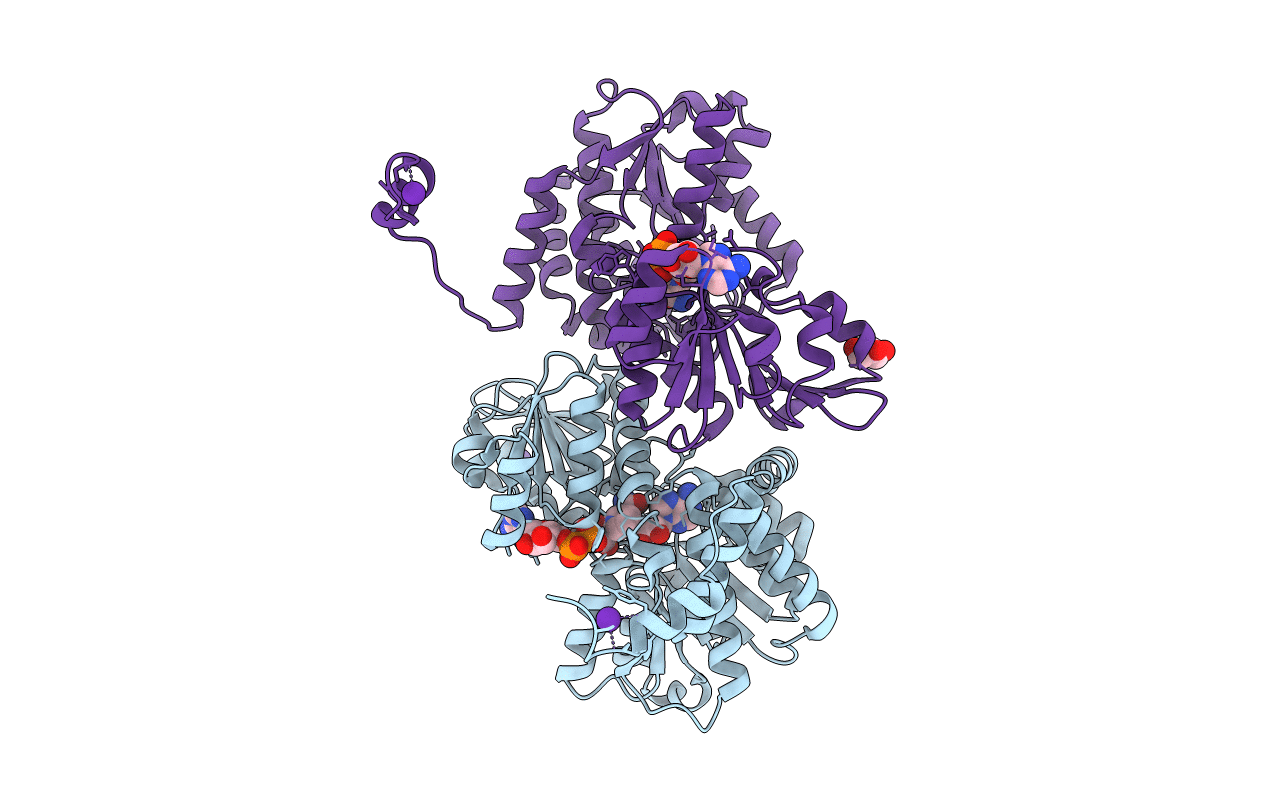
Deposition Date
2022-03-29
Release Date
2022-07-13
Last Version Date
2024-11-13
Entry Detail
PDB ID:
7ZD9
Keywords:
Title:
Crystal structure of the E352T mutant of S-adenosyl-L-homocysteine hydrolase from Synechocystis sp. PCC 6803 cocrystallized with adenosine in the presence of Rb+ cations
Biological Source:
Source Organism:
Synechocystis sp. PCC 6803 (Taxon ID: 1148)
Host Organism:
Method Details:
Experimental Method:
Resolution:
1.89 Å
R-Value Free:
0.20
R-Value Work:
0.16
R-Value Observed:
0.16
Space Group:
C 2 2 21


